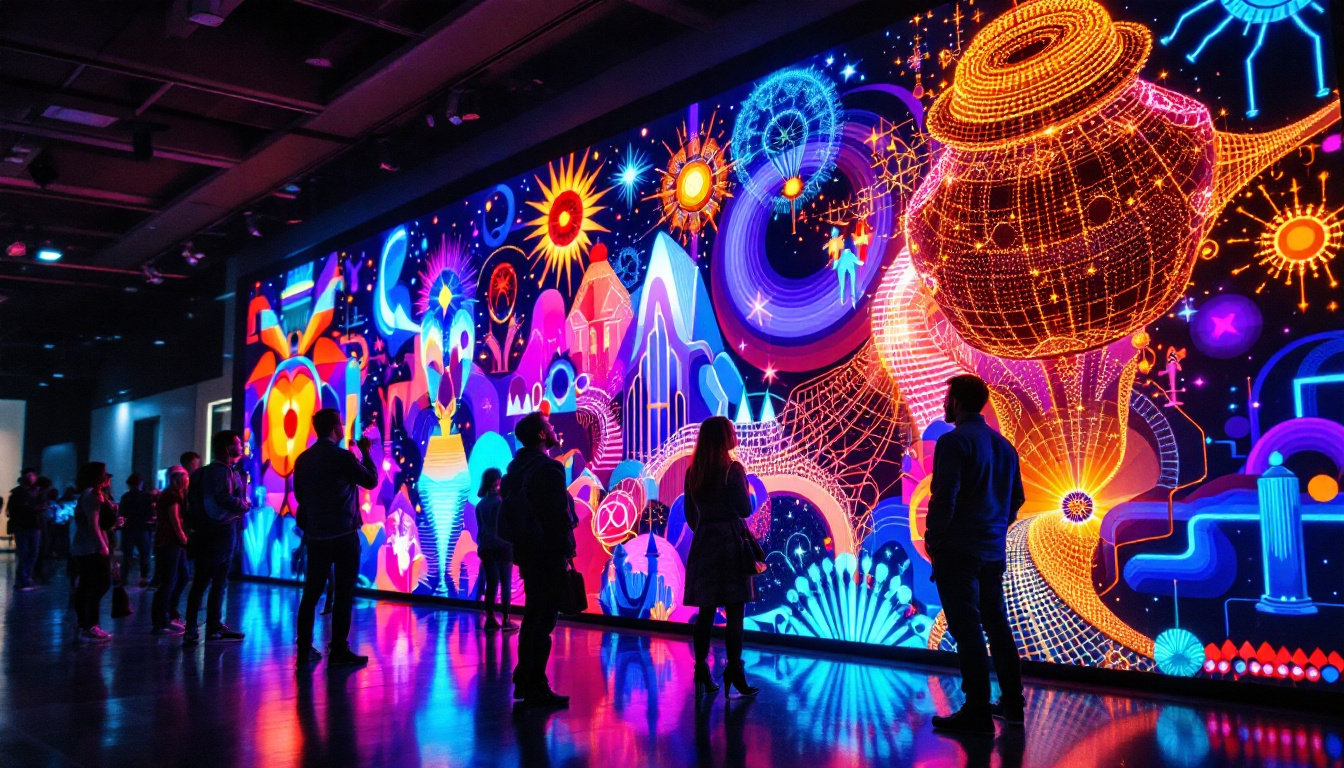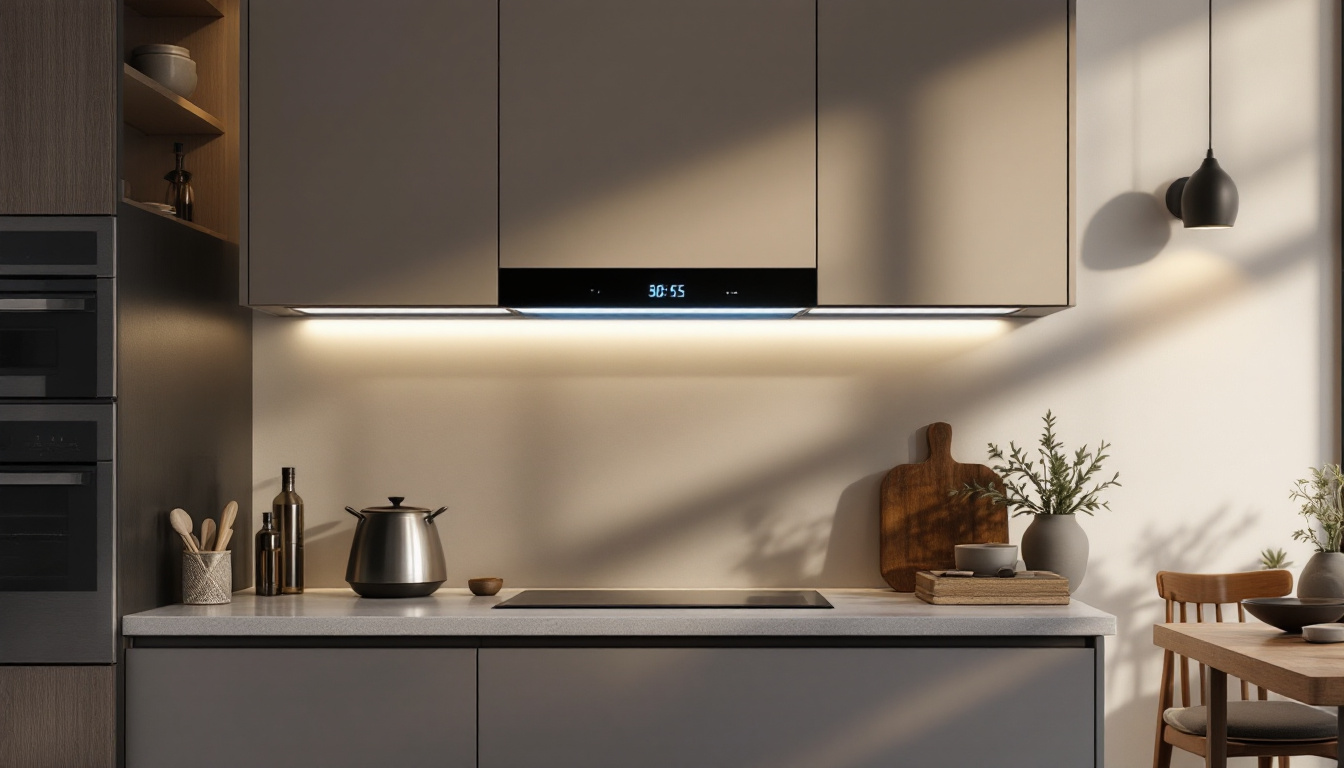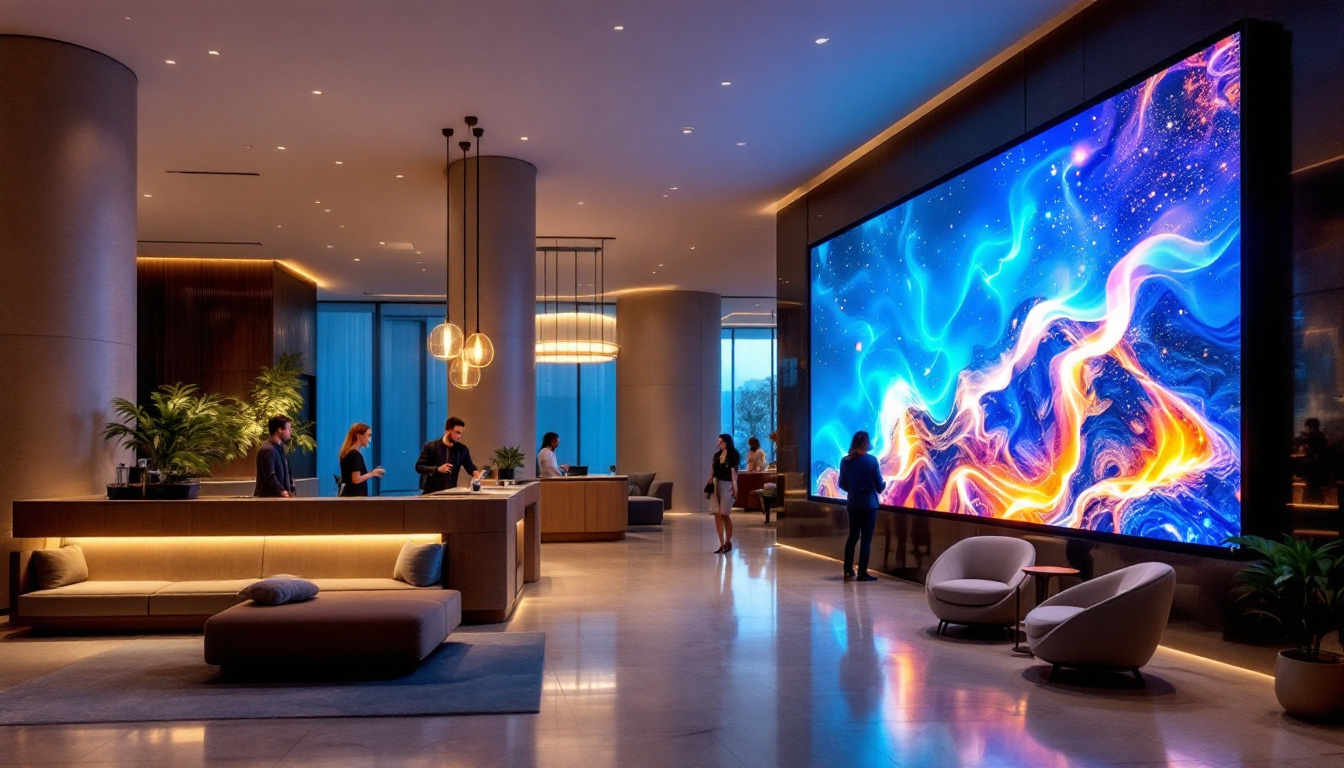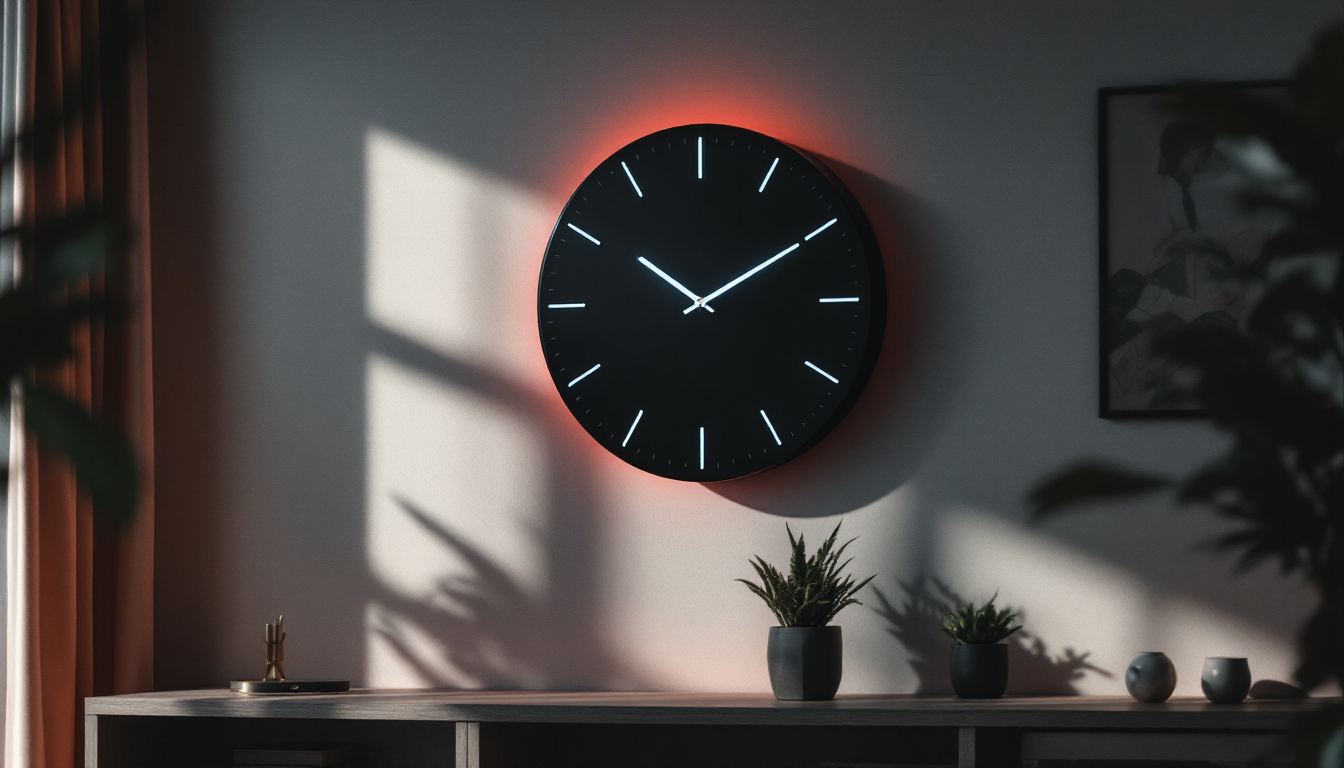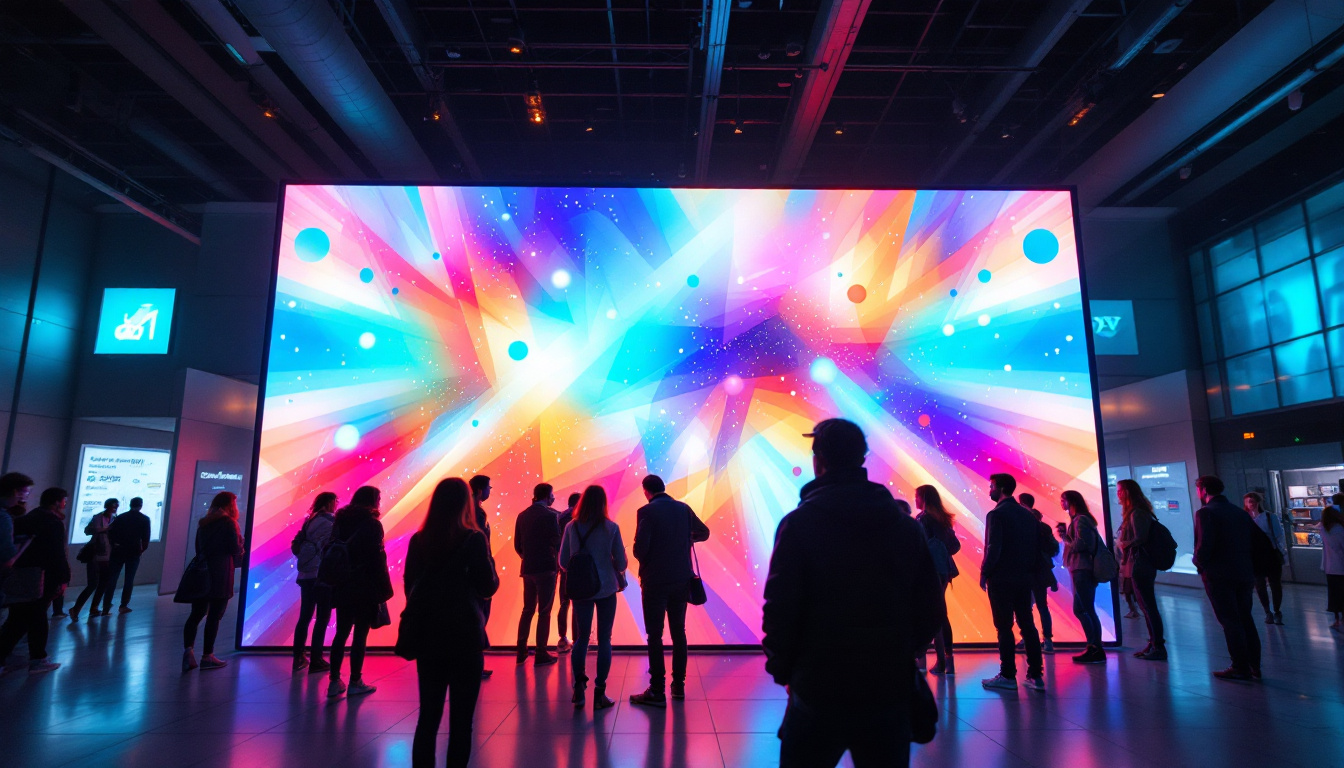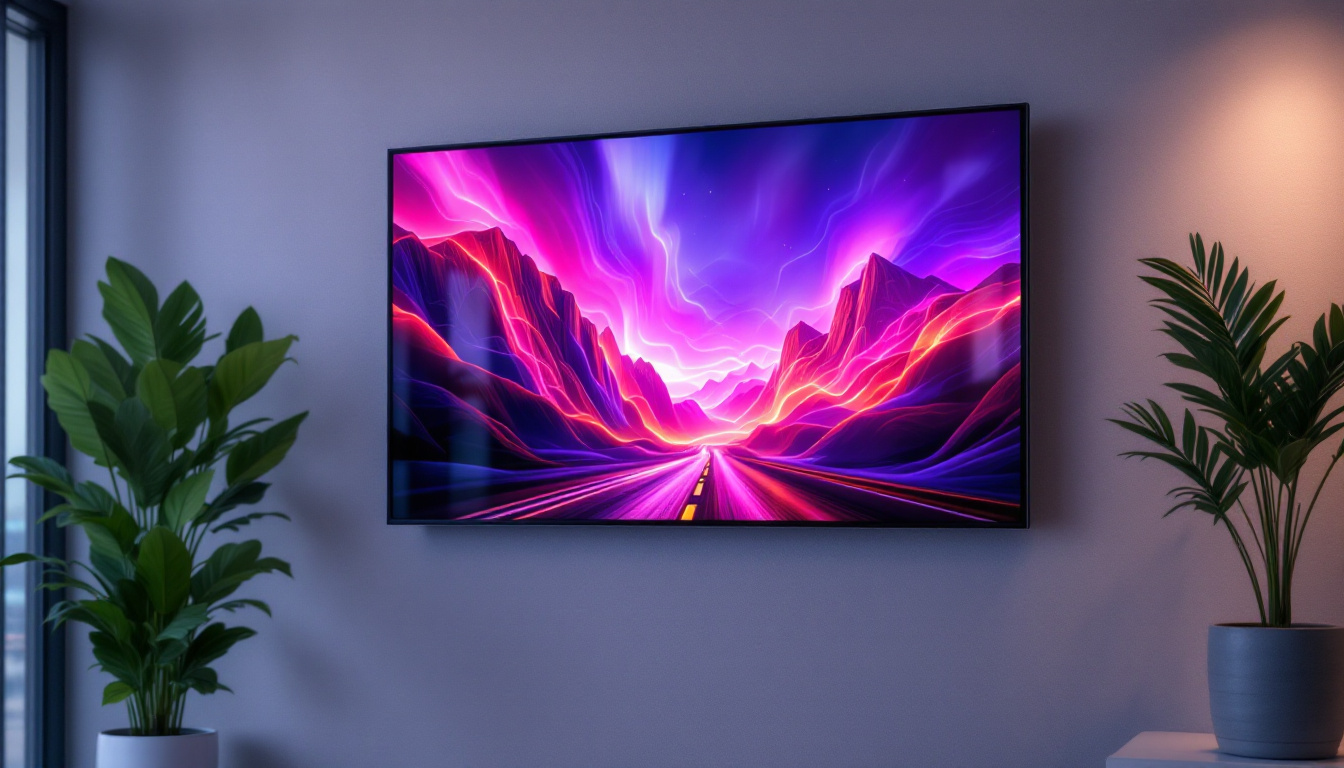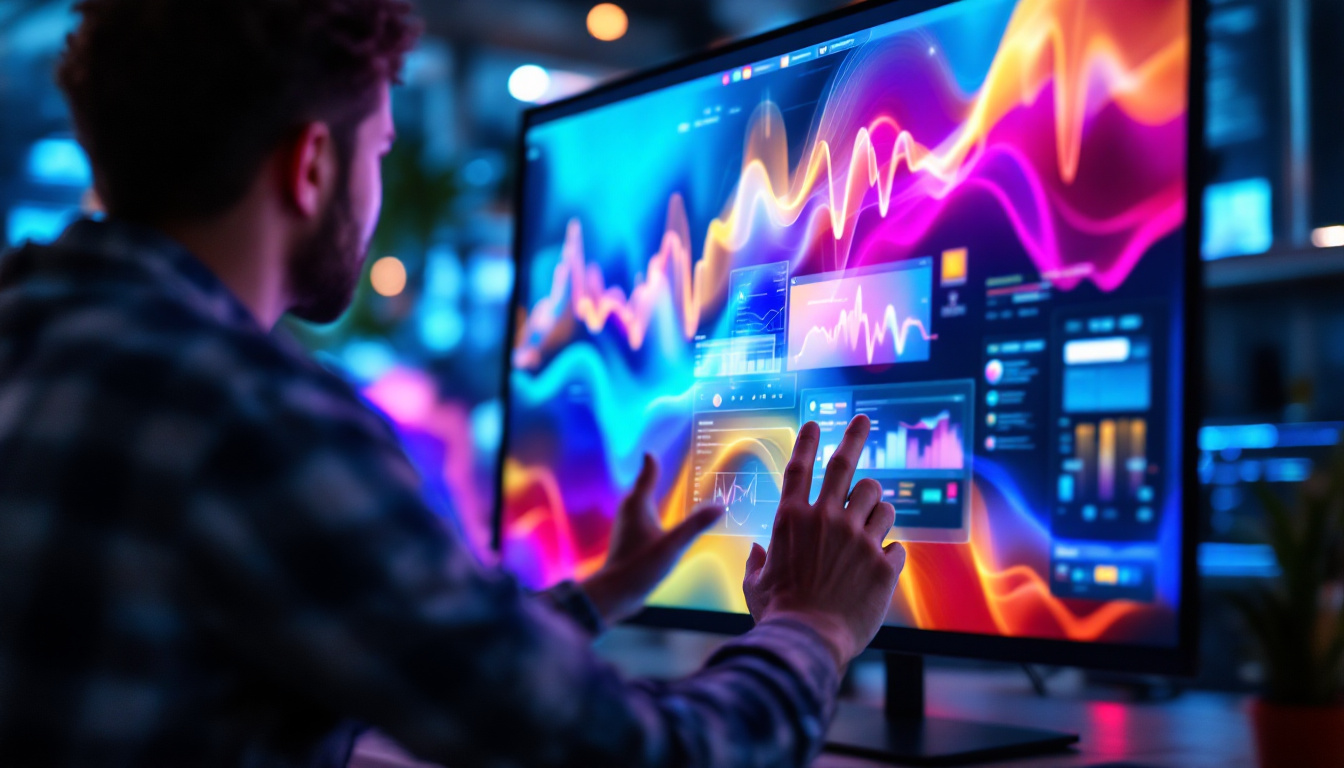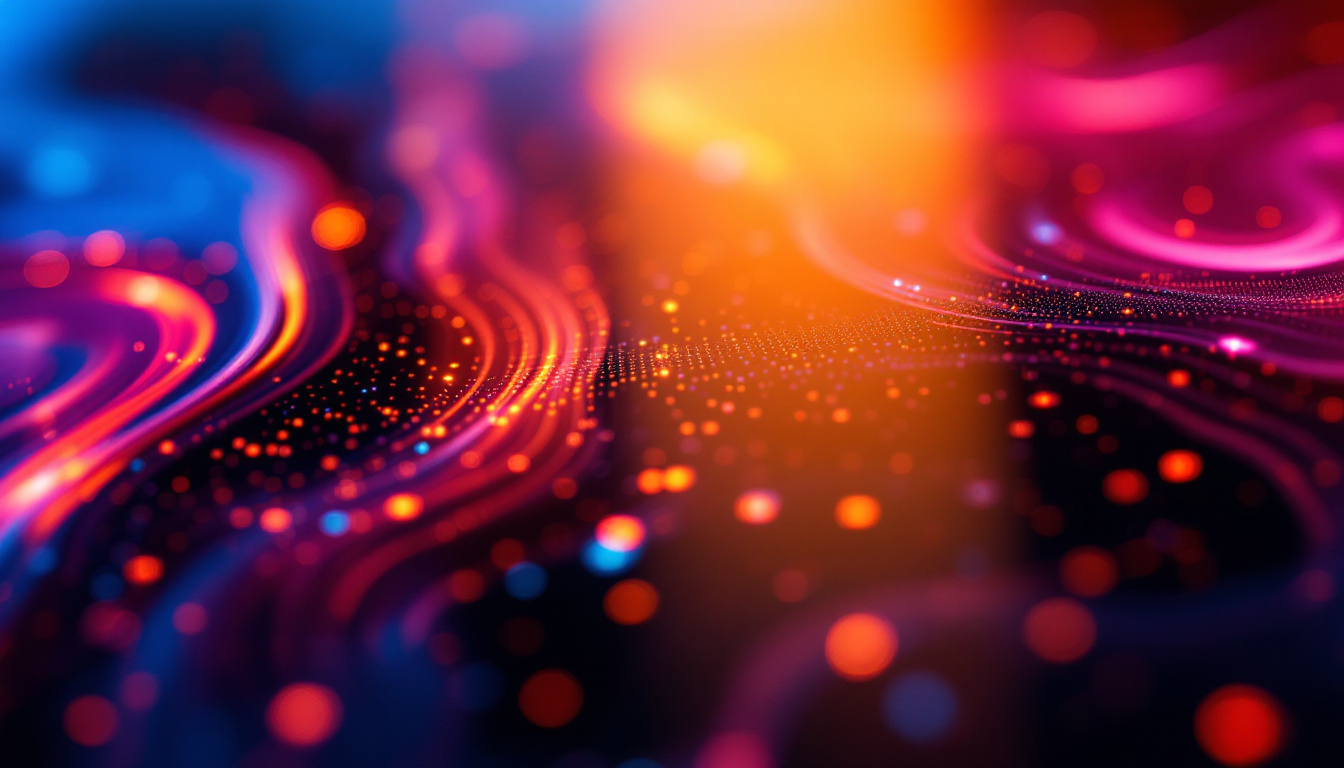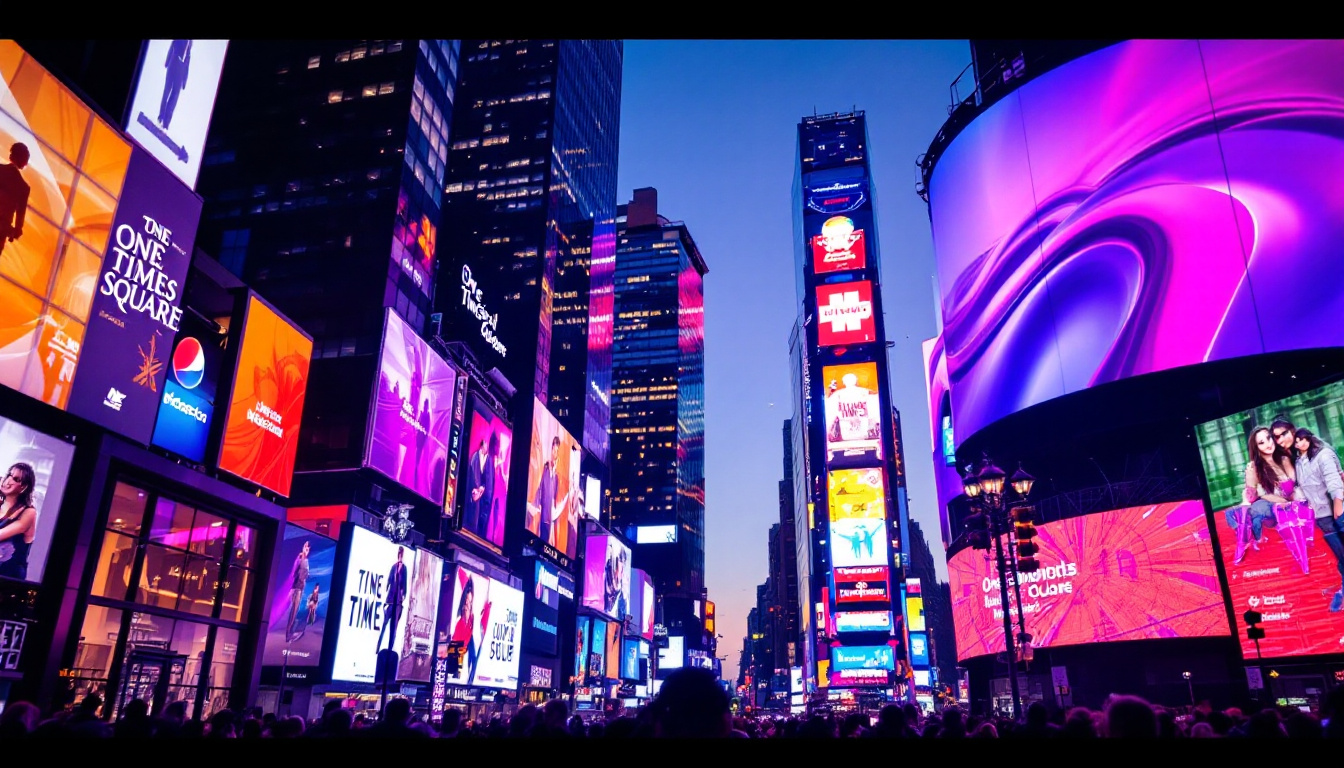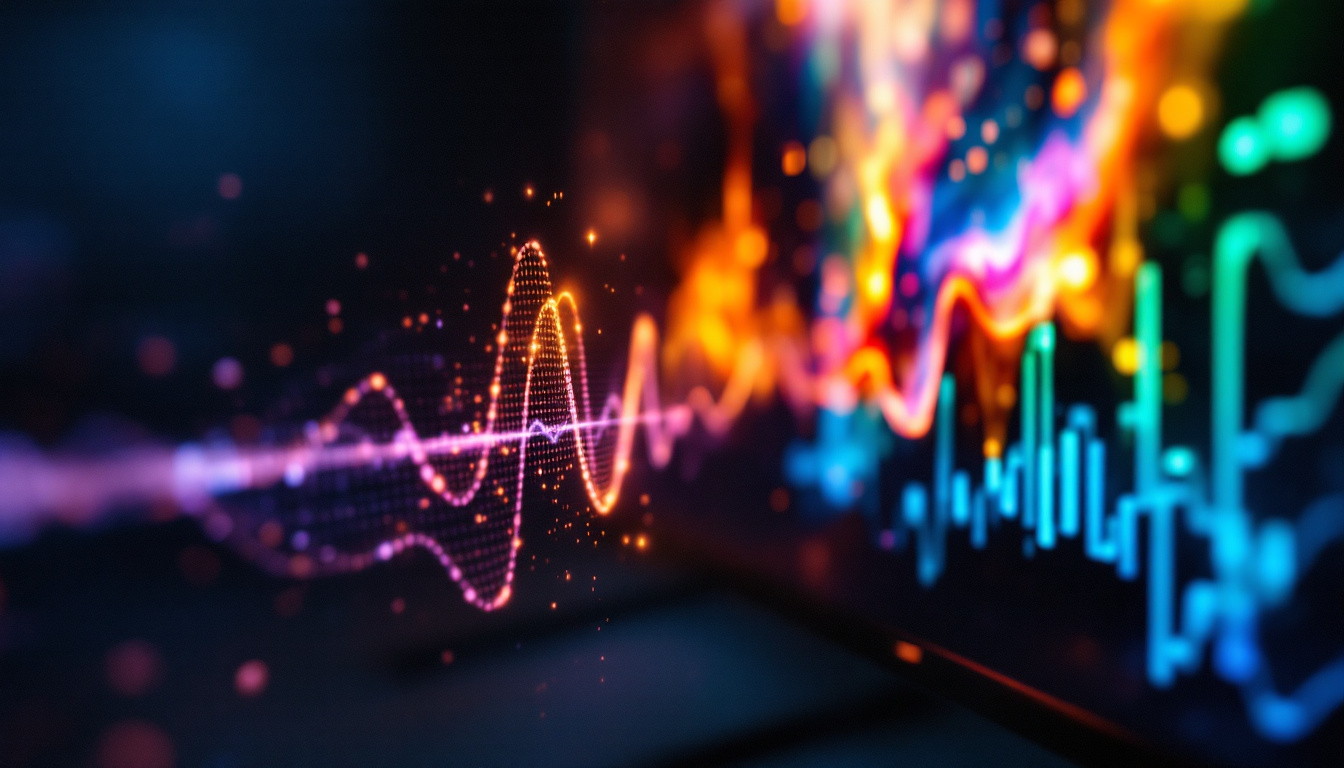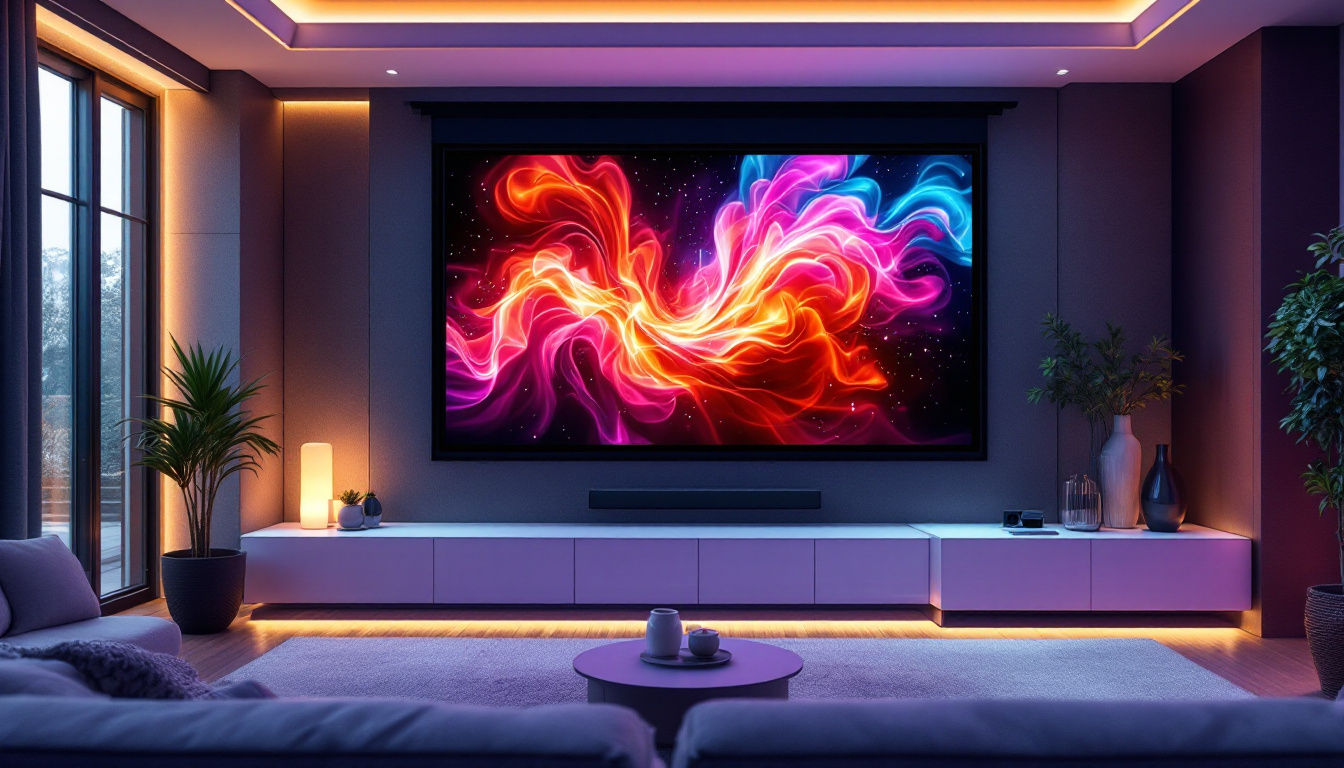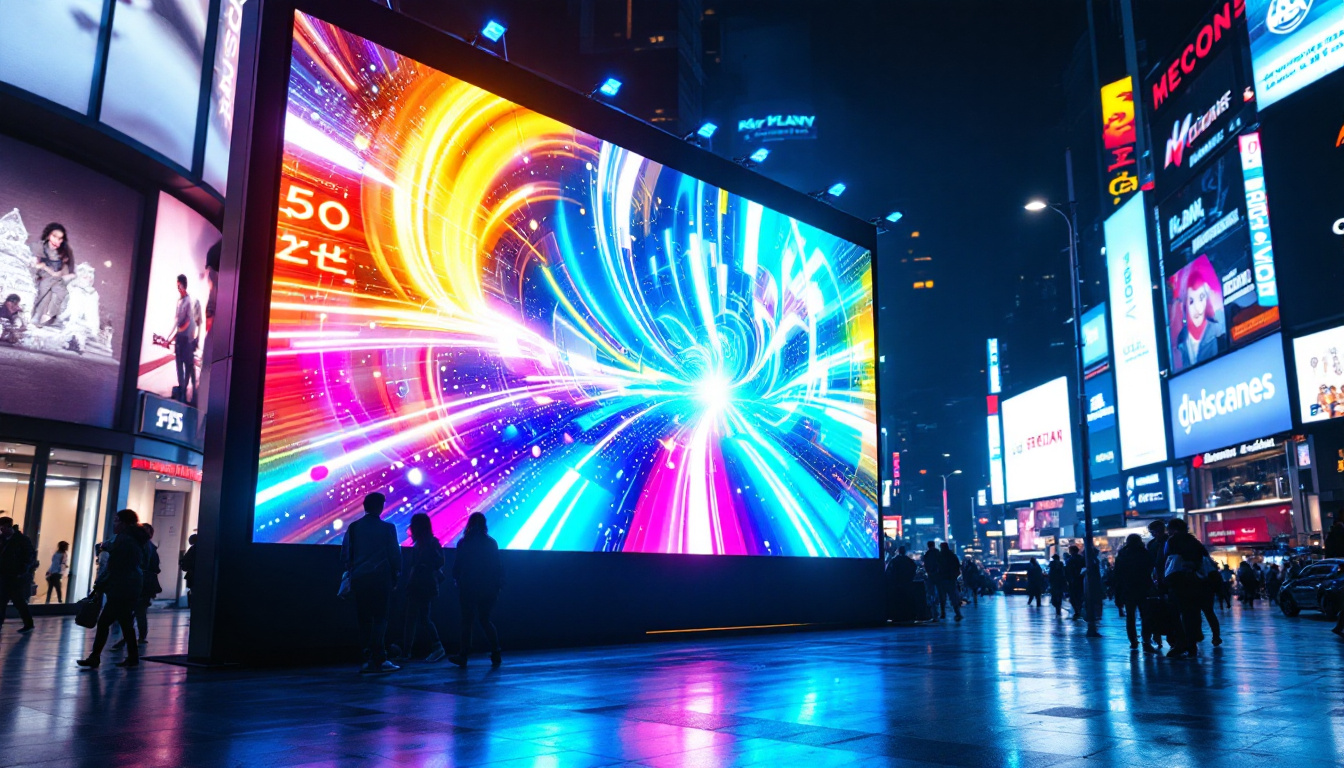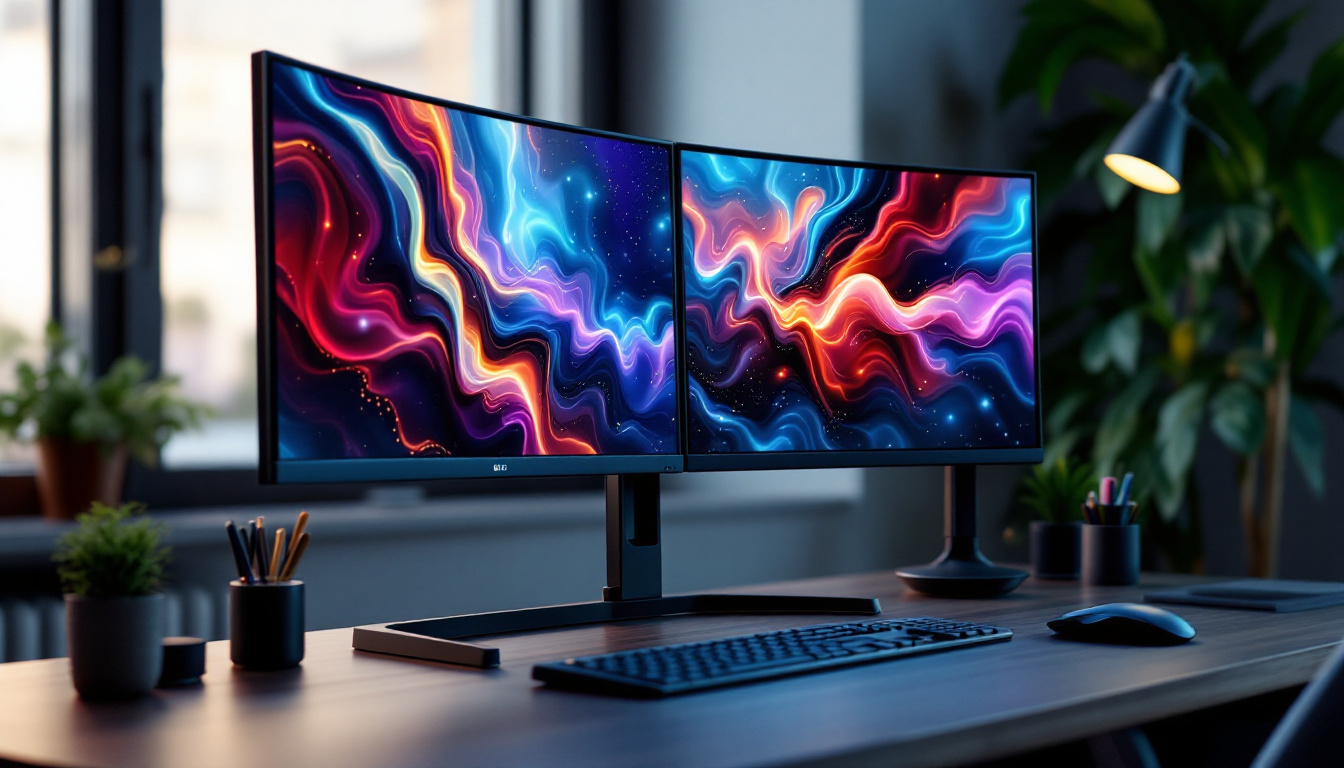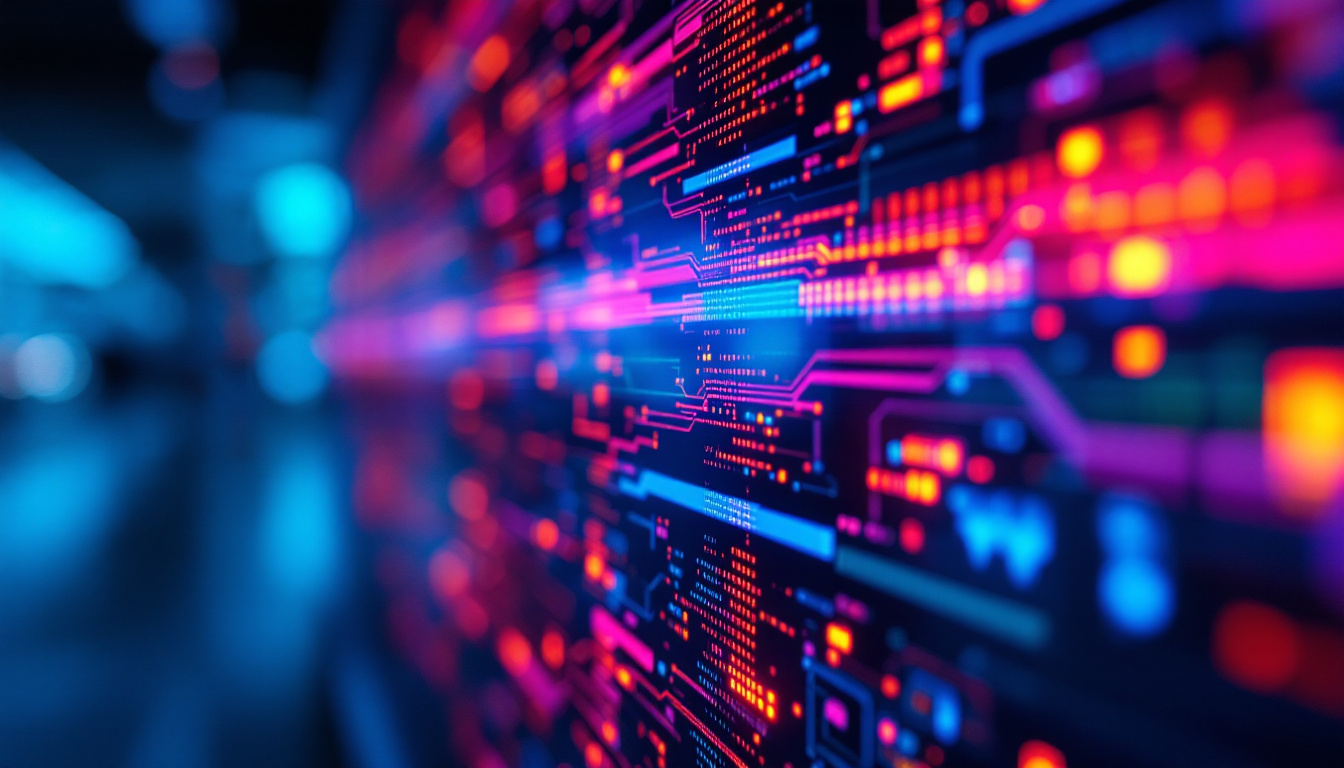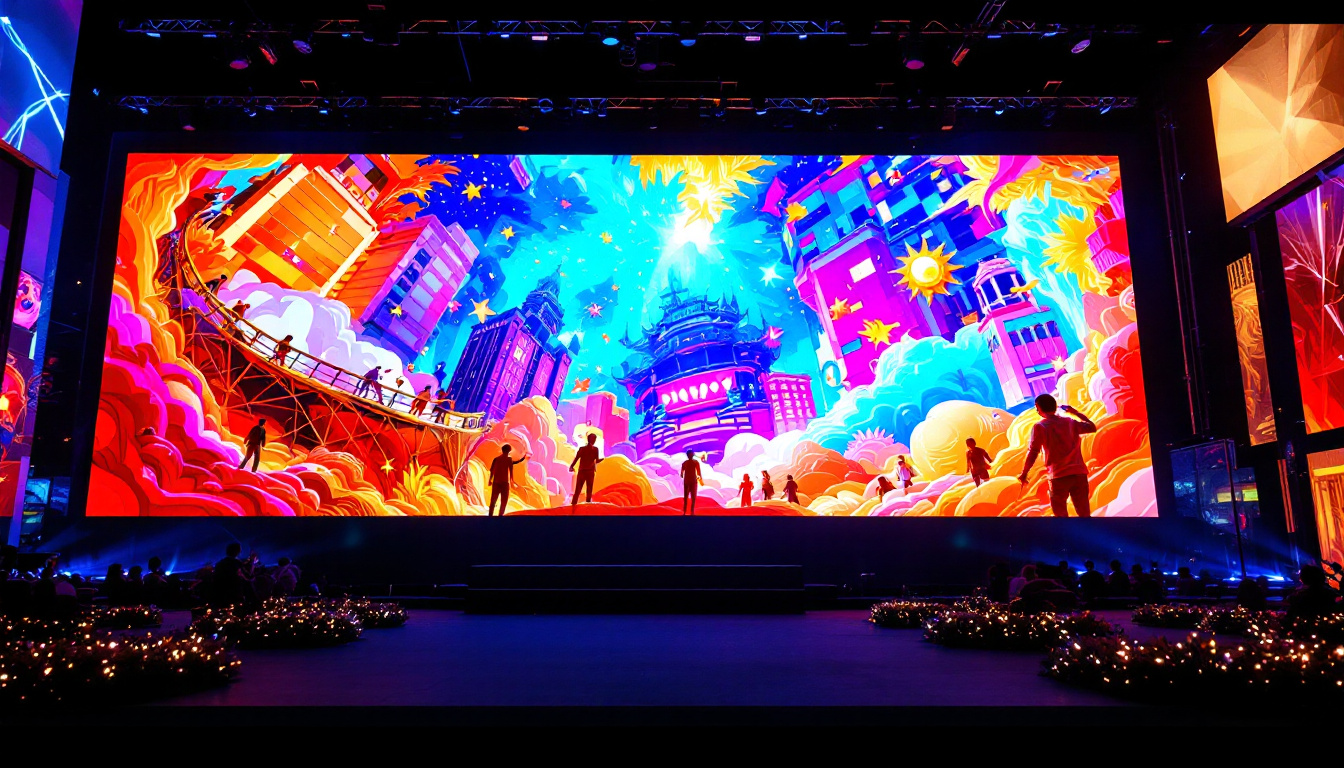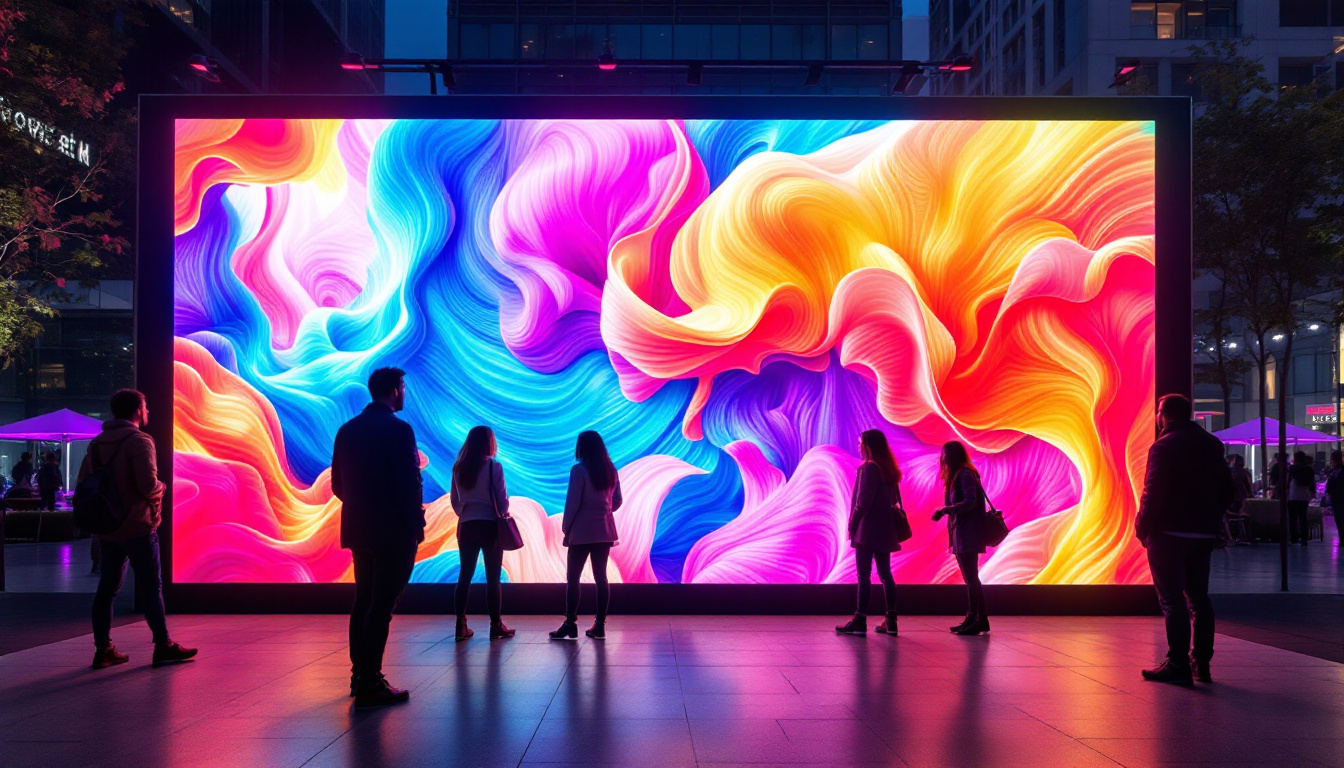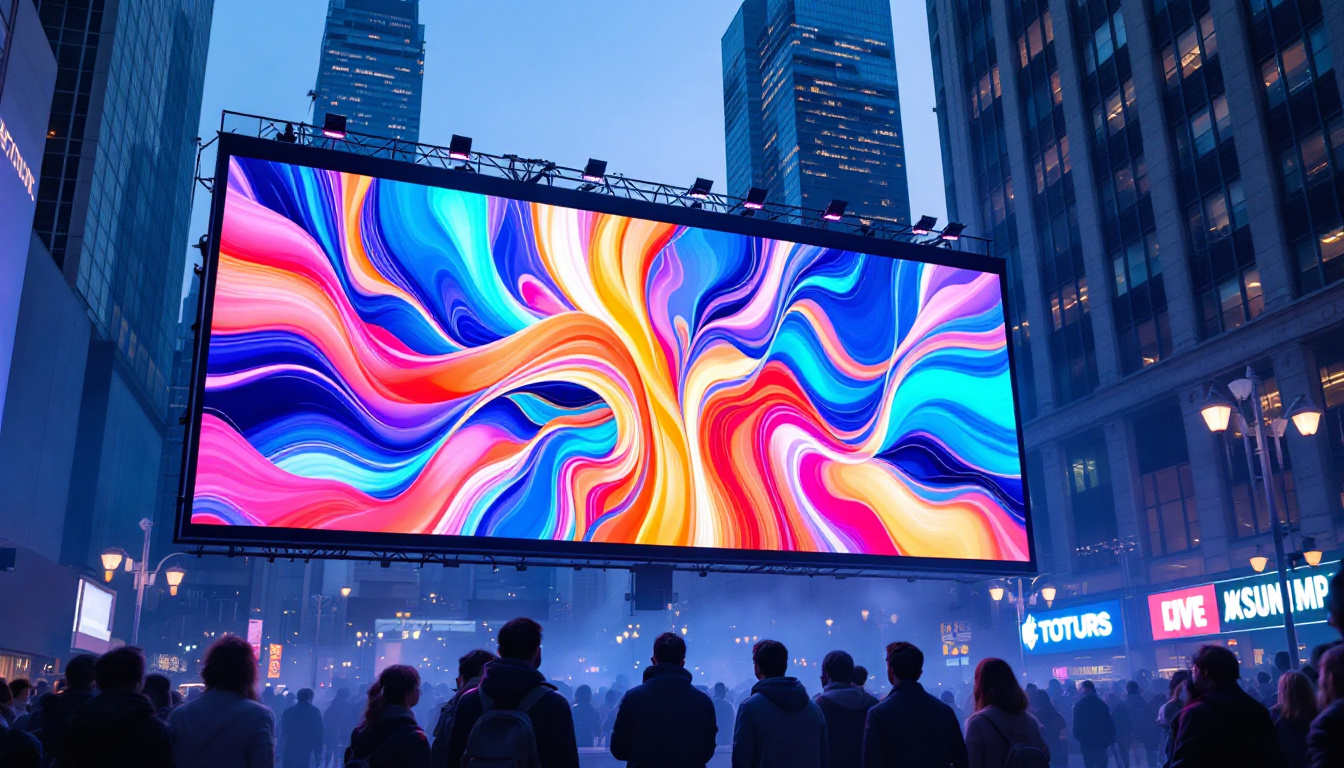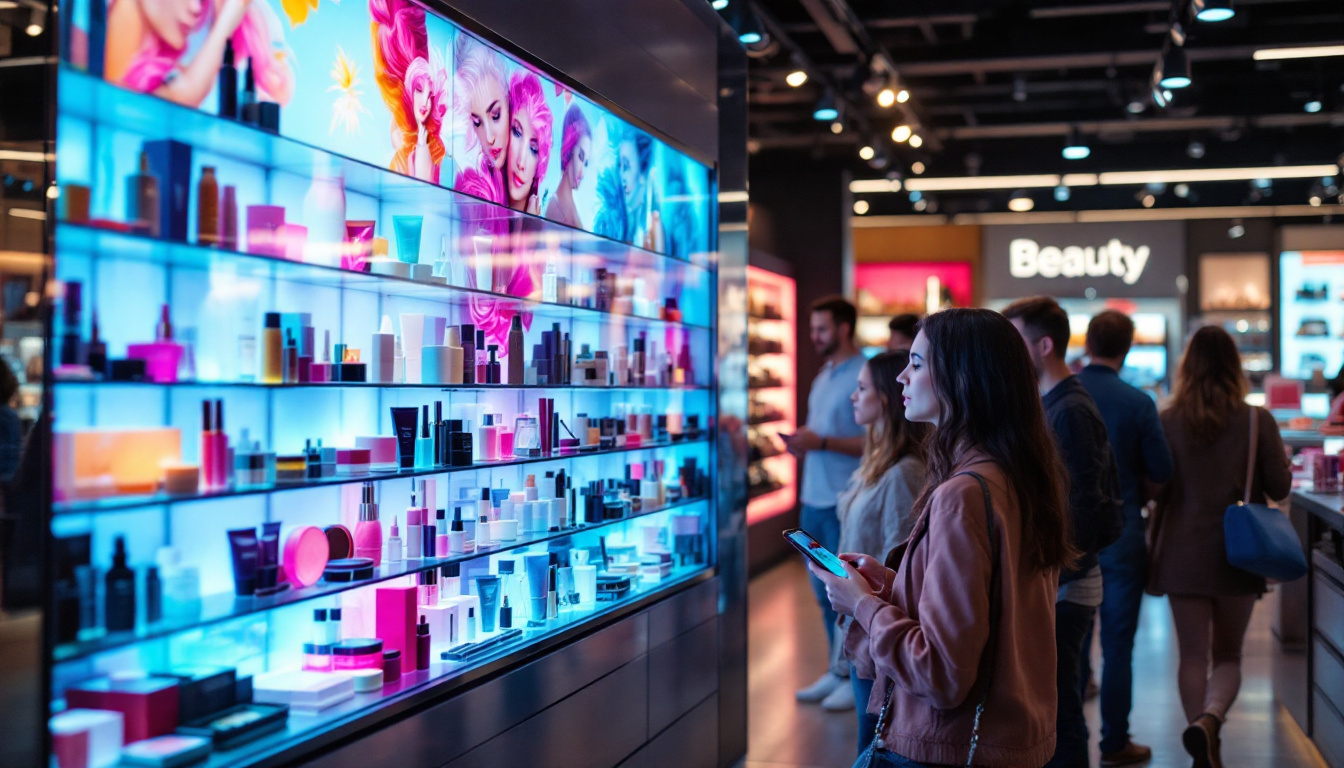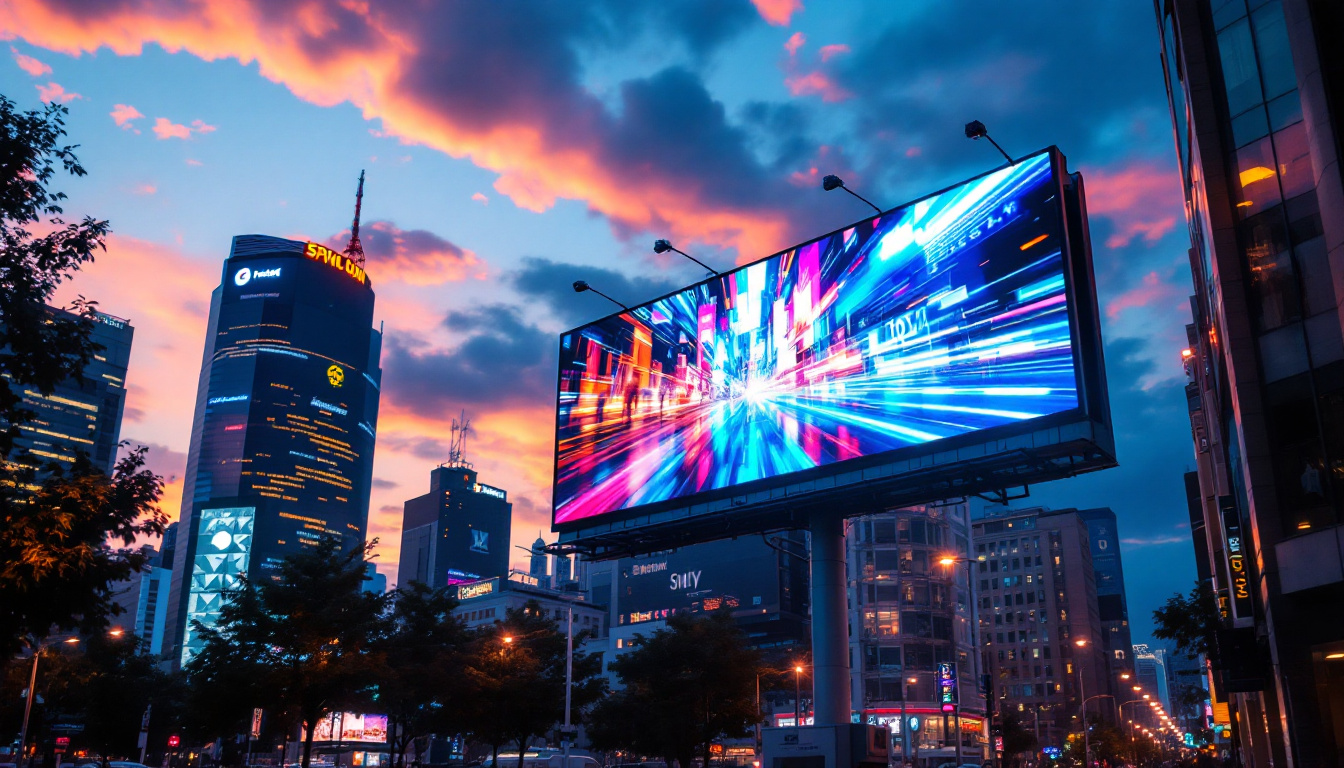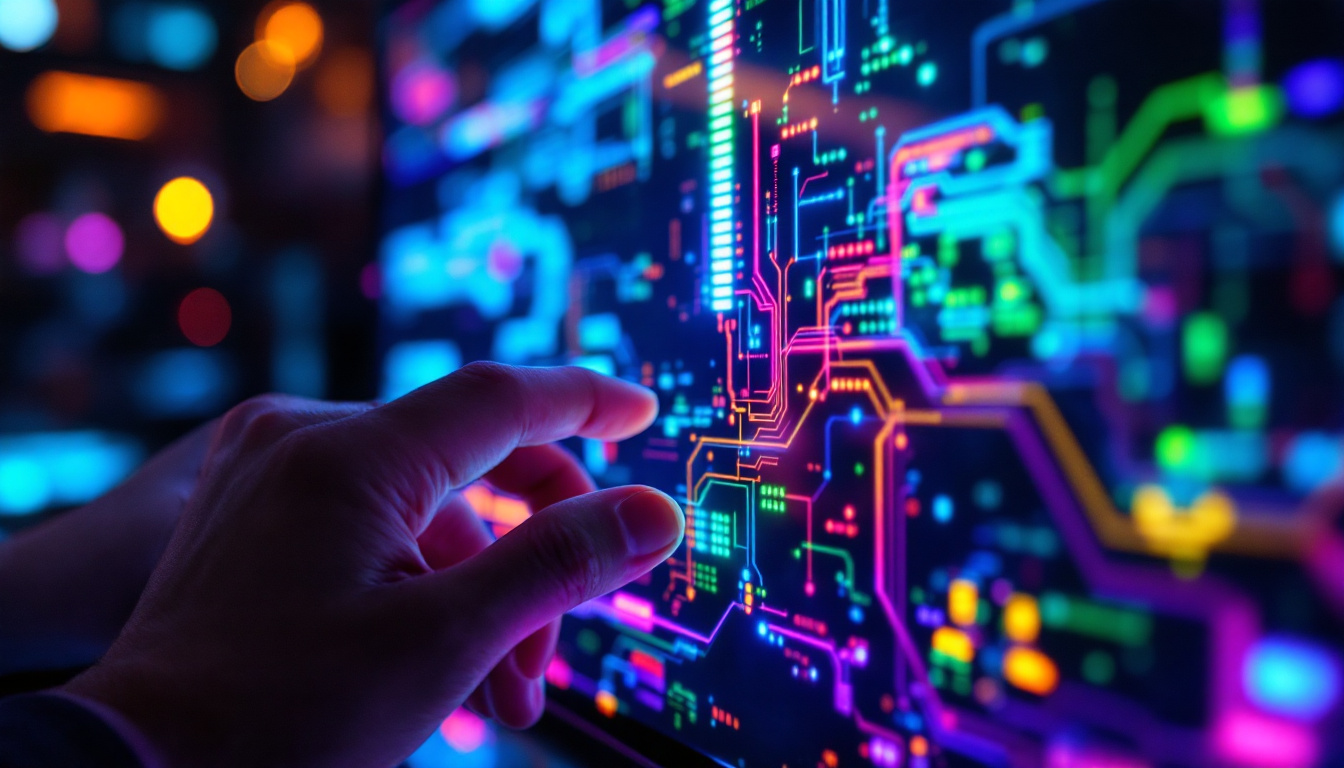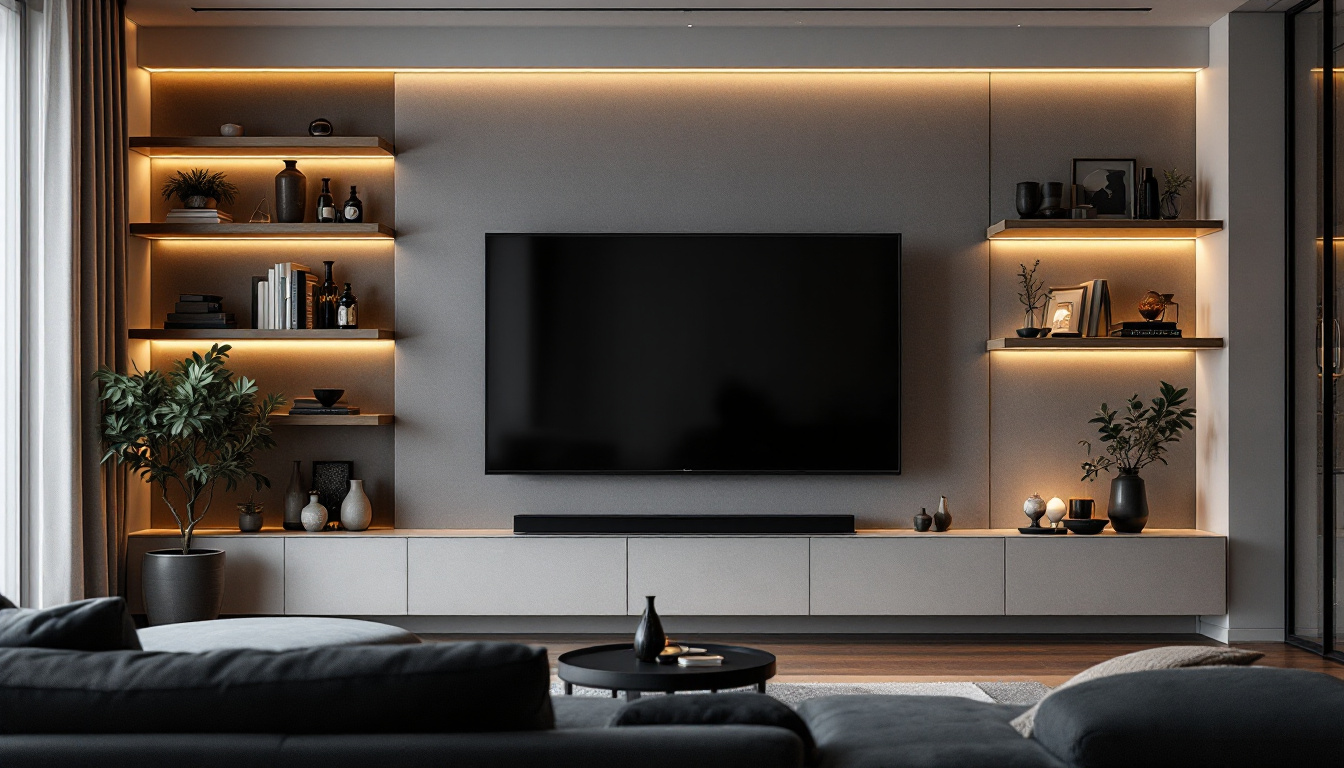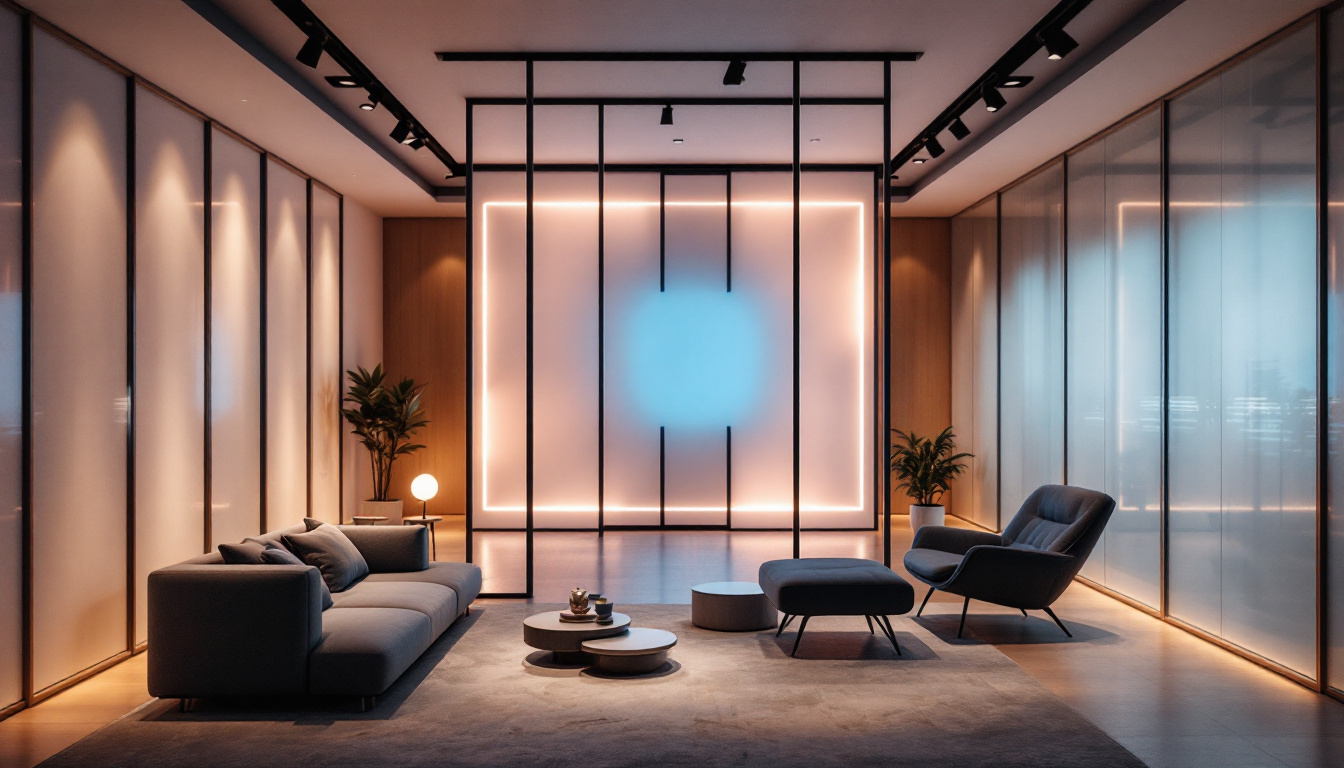In recent years, the world of art has undergone a significant transformation, with technology playing a pivotal role in redefining how we perceive and interact with visual aesthetics. Among the most fascinating developments in this realm is electronic wall art, particularly in the form of LED displays. This innovative medium not only enhances the visual appeal of spaces but also offers a dynamic and interactive experience for viewers. This article delves into the intricacies of electronic wall art, focusing on LED displays, their advantages, applications, and future potential.
Understanding LED Displays
LED, or Light Emitting Diode, displays are a type of digital screen that utilizes semiconductor technology to produce light. These displays have gained immense popularity due to their versatility, energy efficiency, and vibrant color reproduction. Unlike traditional art forms, LED displays can present a variety of images, animations, and even videos, making them a unique medium for artistic expression.
The Technology Behind LED Displays
The core technology of LED displays involves the use of tiny diodes that emit light when an electric current passes through them. These diodes are arranged in a grid, forming pixels that can be controlled individually. This capability allows for the creation of intricate designs and animations that can be easily updated or changed, providing an ever-evolving art experience.
LED displays come in various types, including full-color displays, monochrome displays, and RGB displays. Full-color displays utilize red, green, and blue diodes to create a wide spectrum of colors, while monochrome displays are limited to a single color. The choice of display type depends on the intended use and desired visual impact. Furthermore, advancements in technology have led to the development of flexible LED displays, which can be bent or shaped to fit unconventional spaces, opening up new possibilities for artistic installations and architectural designs.
Advantages of LED Displays in Art
One of the primary advantages of LED displays is their ability to capture attention. The bright and dynamic nature of LED art makes it an excellent choice for public spaces, galleries, and exhibitions. Additionally, LED displays are energy-efficient, consuming significantly less power than traditional lighting options, which is a crucial consideration in today’s environmentally conscious world.
Another notable benefit is the flexibility of content. Artists can create a single piece of art that can be modified over time, allowing for seasonal updates or thematic changes. This adaptability not only keeps the artwork fresh but also engages viewers in new ways, encouraging repeat visits to see what has changed. Moreover, the interactive capabilities of LED displays can enhance viewer engagement; incorporating sensors that respond to audience movements or touch can create a more immersive experience, inviting spectators to participate in the art rather than just observe it. This interactivity can transform a static display into a living, breathing piece of art that evolves with its audience.
Applications of Electronic Wall Art
The versatility of LED displays has led to their adoption in various settings, from commercial spaces to personal homes. Each application showcases the potential of electronic wall art to enhance environments and create immersive experiences.
Commercial Spaces
In commercial settings, LED displays are increasingly used for advertising and branding. Retailers utilize eye-catching LED art installations to draw customers’ attention and convey brand messages. These displays can showcase promotional content, product information, or even artistic interpretations of the brand’s identity, creating a unique shopping experience.
Moreover, LED displays are often integrated into architectural designs, transforming building facades into dynamic canvases. This trend has been particularly prominent in urban areas, where large-scale LED installations contribute to the vibrancy of city life and serve as landmarks in their own right. For instance, cities like Tokyo and New York are renowned for their dazzling LED billboards that not only promote products but also become a part of the cultural landscape, attracting tourists and locals alike.
Art Galleries and Exhibitions
art galleries are also embracing LED displays as a medium for contemporary art. Artists are experimenting with digital art forms, creating immersive installations that engage viewers on multiple sensory levels. These exhibitions often incorporate sound and interactivity, allowing visitors to influence the artwork through their movements or choices.
Furthermore, LED displays can be used to showcase multiple works in a single space, providing a platform for various artists and styles. This democratization of art allows for a broader range of expressions and encourages collaboration among artists, technologists, and curators. Some galleries have even started to host virtual exhibitions that can be accessed globally, broadening the reach of artists and allowing for a diverse audience to engage with the art from anywhere in the world. This fusion of technology and creativity not only redefines the traditional gallery experience but also invites new dialogues about the future of art in a digital age.
Residential Spaces
In residential settings, electronic wall art offers homeowners a unique way to personalize their spaces. LED displays can be used to create custom art pieces that reflect individual tastes and preferences. From abstract designs to family photos, the possibilities are virtually limitless.
Additionally, smart home technology has paved the way for integrating LED displays into home automation systems. Homeowners can control their electronic wall art through mobile apps, changing images or animations to suit their mood or the occasion. This level of customization adds a new dimension to home decor, making it a living, breathing part of the environment. For example, during festive seasons, families can easily switch their displays to showcase holiday-themed visuals, creating a warm and inviting atmosphere. Moreover, the use of LED displays can also contribute to energy efficiency, as many modern screens are designed to consume less power while providing stunning visuals, thus aligning with eco-friendly home practices.
Challenges and Considerations
While the rise of electronic wall art presents exciting opportunities, it also comes with its own set of challenges. Understanding these challenges is essential for artists, collectors, and consumers alike.
Cost and Accessibility
One of the primary challenges associated with LED displays is the cost. High-quality LED screens can be expensive, making them less accessible for emerging artists or smaller galleries. While prices have decreased over the years, investing in LED technology still requires a significant financial commitment.
Moreover, the maintenance of LED displays can also be a concern. Regular upkeep is necessary to ensure optimal performance, which may involve technical expertise that not all artists possess. This requirement can deter some from exploring this medium, limiting the diversity of voices in the electronic art scene.
Environmental Impact
Despite their energy efficiency, the production and disposal of electronic displays raise environmental concerns. The manufacturing process involves the use of rare materials and chemicals, which can have negative ecological impacts. Additionally, as technology evolves, older displays may become obsolete, contributing to electronic waste.
Artists and manufacturers are increasingly aware of these issues and are exploring sustainable practices. This includes using recyclable materials and developing energy-efficient technologies that minimize the environmental footprint of electronic wall art.
The Future of Electronic Wall Art
The future of electronic wall art is poised for exciting developments as technology continues to advance. Innovations in display technology, interactivity, and integration with other art forms are likely to shape the landscape of digital art in the coming years.
Emerging Technologies
One of the most promising trends is the integration of augmented reality (AR) and virtual reality (VR) with LED displays. These technologies can create immersive experiences that transport viewers into new worlds, allowing them to engage with art in ways that were previously unimaginable. Artists are beginning to experiment with these technologies, creating multi-dimensional installations that challenge traditional notions of space and perception.
Additionally, advancements in artificial intelligence (AI) are opening new avenues for creativity. AI algorithms can generate unique artworks based on user preferences or even respond to real-time data, creating a dynamic interplay between technology and artistic expression. This fusion of art and technology is set to redefine the boundaries of creativity.
Community Engagement and Collaboration
As electronic wall art continues to evolve, community engagement will play a crucial role in its development. Artists, technologists, and audiences are increasingly collaborating to create interactive installations that reflect the collective identity of communities. These projects often involve public participation, fostering a sense of ownership and connection among residents.
Furthermore, educational initiatives that promote digital literacy and artistic expression will empower the next generation of artists. By providing access to technology and resources, communities can nurture talent and encourage innovative approaches to art-making.
Conclusion
Electronic wall art, particularly in the form of LED displays, represents a fascinating intersection of technology and creativity. As this medium continues to gain traction, it offers artists new ways to express their visions and engage audiences. While challenges such as cost and environmental impact remain, the potential for innovation and community engagement is immense.
As we look to the future, the possibilities for electronic wall art are boundless. With emerging technologies and collaborative efforts, this dynamic form of expression is set to redefine our understanding of art in the digital age. Whether in commercial spaces, galleries, or homes, LED displays are not just a trend but a transformative force in the art world.
Ultimately, electronic wall art invites us to rethink our relationship with art and technology, encouraging us to embrace the creative potential that lies at the intersection of these two realms. As artists continue to push the boundaries of what is possible, viewers can look forward to an ever-evolving landscape of artistic expression.
Discover the Future of Art with LumenMatrix
Embrace the transformative power of LED technology in your artistic or commercial endeavors with LumenMatrix. As a leader in LED display innovation, we offer an extensive range of solutions including Indoor and Outdoor LED Wall Displays, Vehicle LED Displays, LED Poster Displays, LED Sports Displays, Floor LED Displays, Custom LED Displays, All-in-One LED Displays, and LED Transparent Displays. Join us in revolutionizing visual communication and creating unforgettable experiences. Check out LumenMatrix LED Display Solutions today and see how we can help you make a lasting impression and engage with your audience like never before.

